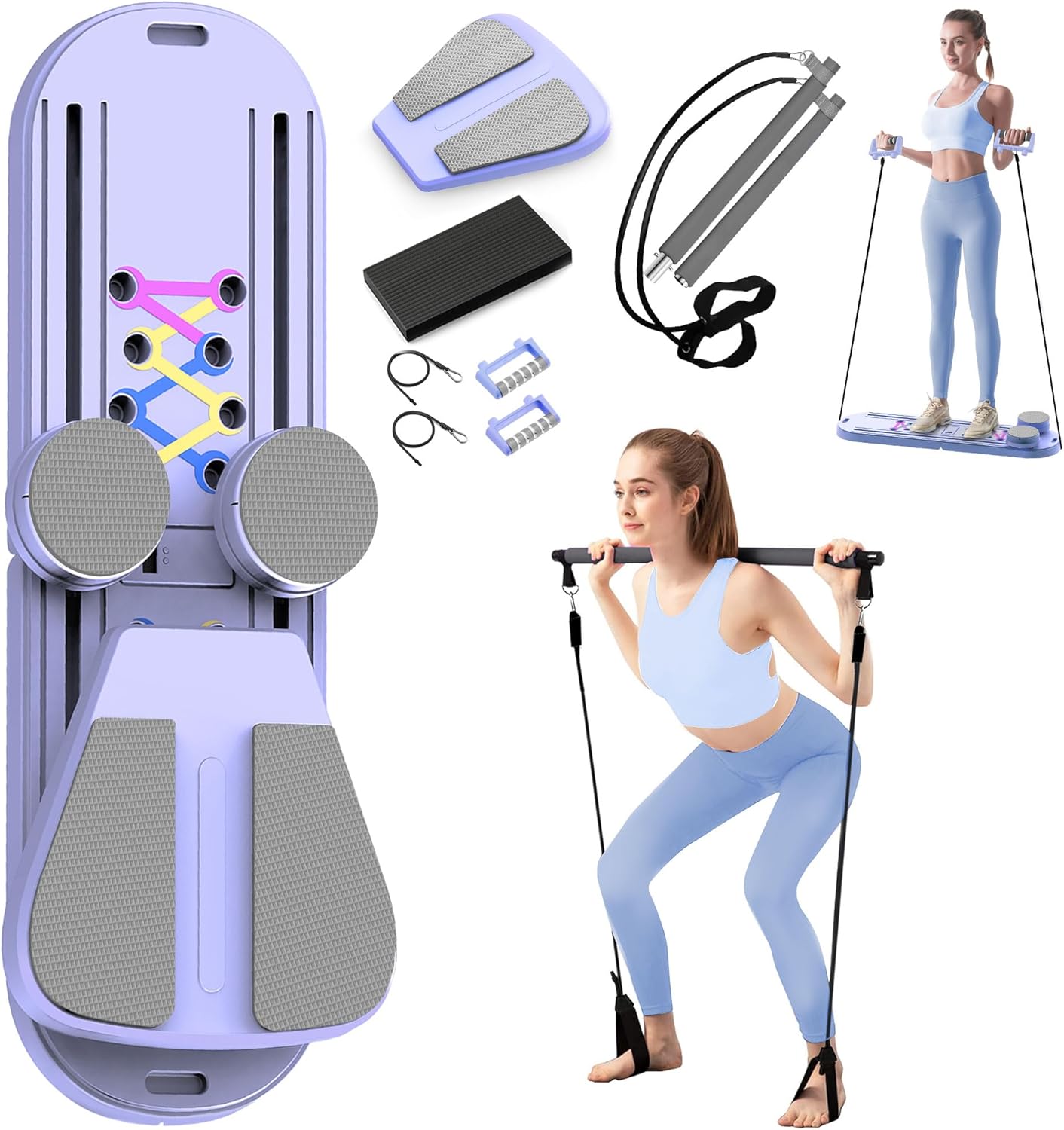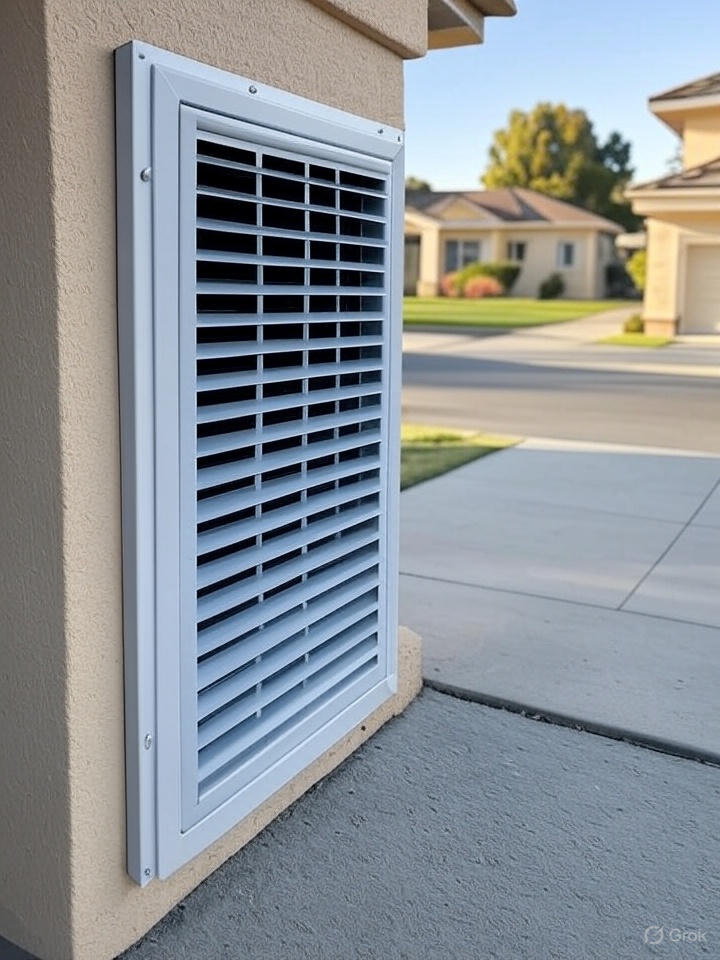Pilates has gained a loyal following for reasons that are worth the name: it develops strength without bulk, tones the whole body, increases flexibility, and promotes joint health. With more individuals relying on Pilates for fitness and rehabilitation, the demand for Pilates equipment has risen, providing users with a choice of options to boost their exercise at home or in the studio. Two of the most widely used tools are the Pilates Board and the Pilates Reformer both with distinct benefits and uses.
So, which is best for your fitness journey? To discover, let’s learn how each piece of equipment functions, how they vary, and how your objectives can inform your choice. Whether you’re new to Pilates, a working professional with limited time, or a Pilates lover, becoming familiar with the differences between the Pilates board, pilates reformer and pilates machine choices will inform the best path forward.
What Is a Pilates Board?
A Pilates Board is a small, light piece of equipment that replicates the sliding action and resistance training on more sophisticated Pilates machines. The majority of boards have resistance cords or bands and a gliding surface, providing a variety of exercises that engage the core, glutes, arms, and legs.
Advantages of the Pilates Board:
- Cost-effectiveness: Relative to a reformer or full Pilates machine, the board is much less expensive.
- Portability: Lightweight and easy to move around and store, it’s perfect for small flats or on-the-go.
- Beginner-Friendly: Perfect for new Pilates users or anyone seeking a simple introduction to the technique.
- Functional Training: The board enables endless functional bodyweight movements that stay in tune with the Pilates foundational principles.
The Pilates board is great for all-around toning, light resistance training, and home exercise that doesn’t take up much space or require much setup. It’s not only for beginners it’s also a favorite among those who prefer keeping things simple and effective.
What Is a Pilates Reformer?
The Pilates Reformer is a more substantial, studio-grade exercise unit that employs a gliding carriage on a spring-based resistance system. It consists of a foot bar, shoulder rests, pulleys, and straps—enabling the entire range of motion and precise alignment of the body during exercise.
Advantages of the Pilates Reformer:
- Studio-Level Performance: Suitable for serious users, the reformer provides professional-standard performance.
- Adjustable Resistance: Springs provide varied levels of intensity to meet various fitness objectives.
- Versatility: There are hundreds of exercises working every muscle group as well as enhancing flexibility and posture.
- Rehabilitation-Friendly: The reformer is joint-friendly, thus perfect for physical therapy and injury rehabilitation.
- Increased Core Activation: Instability of the moving platform challenges the core with each exercise.
Although more costly and larger, the Pilates Reformer has no equal when it comes to precision, control, and adaptability. It’s a favourite among experienced users and instructors for its high degree of customizability.
Think About Your Pilates Objectives
In order to choose between a Pilates board and a Pilates reformer, reflect on what you are attempting to gain from your workout.
Objective: General Fitness and Toning
If toning your physique, enhancing core stability, and leading an active lifestyle are your goals, then the Pilates board is a time-saving, great solution. It’s simple to include in your daily life and doesn’t demand much space or experience.
Goal: Strength and Advanced Conditioning
To develop strong core muscles, enhance flexibility, and execute more complex, flowing Pilates movements, the reformer is the perfect choice. The reformer stabilizes intricate exercises with variable resistance so that you can challenge yourself progressively.
Goal: Rehabilitation and Injury Recovery
The reformer excels in rehabilitation facilities due to its supportive, low-impact characteristics and variable springs. Physical therapists widely use it to rehabilitate clients from surgeries, injuries, or chronic injuries.
Goal: Fitness While Traveling
Users who travel frequently or have limited space to workout, the Pilates board is the most suitable option. It folds into a compact unit or can slide under a bed, is lighter in weight, and is simple to assemble wherever you may be.
What About the Pilates Machine?
The Pilates machine is sometimes a more general term that might be used to describe hybrid units with a reformer incorporated along with other features such as a tower or chair. These machines have the best of both worlds reformer-like functionality with extra versatility but are more expensive and occupy more space.
If you’re looking for a complete home studio experience, investing in a full Pilates machine could be worth it. However, for most users choosing between a board and a reformer is more practical for their space and goals. Read This
Final Thoughts
Both the Pilates board and the Pilates reformer offer unique benefits, and choosing between them depends entirely on your personal fitness goals, space, and budget. If you’re just starting out or need a compact, affordable option, the Pilates board is a fantastic way to begin your Pilates journey. If you’re looking for a deeper, more advanced practice with studio-level precision, the reformer is a long-term investment worth making.
Either way, the addition of Pilates to your life via a Pilates board, pilates reformer and pilates machine is an empowering move toward enhanced health, strength, and wellness.


